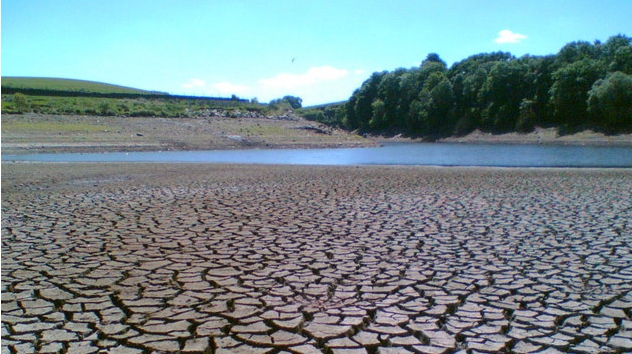
The effects of climate change on the planet are felt in many ways. One of the most notable is through the unpredictability of water supply as droughts and floods brought on by climate change become more commonplace.
Because water supplies are becoming scarcer in certain parts of the world, it has never been more important to prevent water waste. Pipe repair therefore has a role to play in the battle to save water and stop vital reserves from being unnecessarily diminished.
The impact of climate change on water supply
Hotter, dryer summers have caused widespread drought events across the world in recent years. Eastern Australia experienced the worst drought on record in 2019.
Water shortage became so bad in São Paulo in 2015 that it triggered fighting, looting and an official state of calamity which nearly resulted in the army being sent in.
California meanwhile spent more than five years in drought between December 2011 and March 2017, the worst drought recorded in over 1200 years. 2013 saw 95% of the state’s winter salmon die, 2016 resulted in 62 million trees being killed and Governor Jerry Brown was forced into implementing multiple mandatory water restrictions of 25% on residents throughout the drought period.
Drought isn’t the only climate change event which can affect water supply either. Increased incidence of flooding can destroy water points and sanitation facilities, leading to the contamination of water sources.
Water resources must be used more efficiently
At the same time as climate change is decimating water supply, population growth is increasing the demand for water. This dangerous combination makes it even more important that water resources are used efficiently and that preventable losses are reduced.
In 2018-19, leaks were responsible for 3.17 billion litres of lost water every day in England and Wales. That may seem like an astronomical figure, but it was actually down by 10 million litres per day in 2017-18.
Clearly, more needs to be done to prevent leaks – which is why the water regulator Ofwat have set ambitious leakage targets. Water companies have been told that they must cut leaks by 16% over the next five years, which will save enough water to supply every person in the cities of Birmingham, Bristol, Cardiff, Leeds, Liverpool and Sheffield.
Pipe repair and the preservation of water supply
One of the ways in which the loss of vital water can be prevented is by repairing damaged pipes. There are copious examples of pipes which have been left to leak water for many months and years – such as this steel water main which had been leaking for 15 years.
Situations like this normally occur because mending the pipe involves complications which require creative thinking to overcome. Water companies might also be reluctant to carry out repairs that may involve interrupting supply to homes and businesses.
Some pipes may be over 100 years old which present their own unique challenges and if a contractor believes that a repair isn’t possible, the cost of replacing the pipe in question might be greater than the value of the water being lost, in which case the leak is simply left to continue untreated.
Developing and investing in technology that allows for even the most difficult of live leaks to be repaired quickly and easily can help reduce the amount of water being wasted. By reducing the loss of water supply, pipe repair can help communities to better adapt to the challenges of climate change.
What else is being done to reduce the impact of climate change on water supply?
As well as preventing 3.17 billion litres of water from being lost, better use can be made of the reserves currently in place.
In England, that means diverting water from areas with surplus supplies to those where shortages are common. A 310 mile pipeline is set to do just this by connecting Lincolnshire where there is less demand for water with the populous areas of Suffolk and Essex.
Various drought resilience schemes are in place including the construction of a new reservoir in Hampshire while £1 billion is set to be invested over the coming five years on flood protection. England and Wales’ 17 water companies have also committed to being carbon neutral by 2030.

Leave a Reply